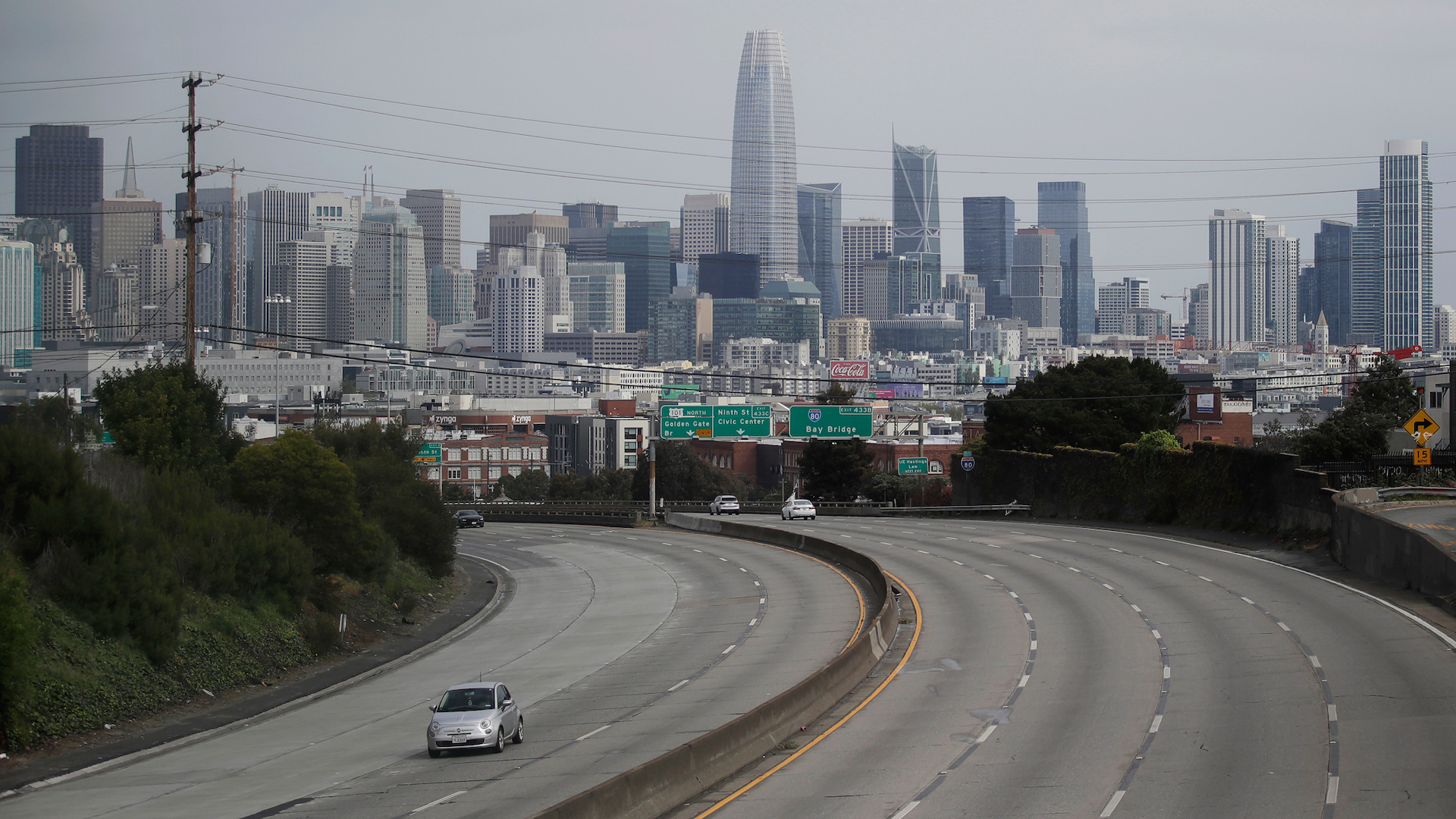

Nearly every state has some degree of a stay-at-home order in place to help curb the spread of coronavirus, which has led to a noticeable downturn in the number of vehicles on our country’s highways. The change has been so drastic that some states are seeing significant drops in the numbers of vehicle crashes—and therefore a reduction in motor-related injuries and deaths. However, the real surprise is how much money this reduction in traffic is saving each state.
A new study from the University of California (Davis), found double-digit percentage drops in both traffic and accidents in the state. The study found a decrease of more than 50 percent in some cases. In real numbers that you and I can grasp, that adds up to about 15,000 fewer accidents per month and around 6,000 fewer injuries or fatalities. That’s approximately 200 people escaping injury or death every day.
Fewer cars on the road equal fewer crashes—it doesn’t take rocket science to figure that out. However, the financial upside for the states is truly surprising. The lighter load on California’s highways is saving the state $40 million per day, for a total of nearly $1 billion since the stay-at-home orders went into effect in late March. The report is clear that this kind of drop in traffic and accidents is unprecedented in modern times.
According to the study, the savings were “calculated by using Federal Highway Administration equivalent costs for different types of incidents times the number of each type.” These costs include the likes of property damage, which most vehicle crashes cause in one way or another, the immediate treatment of injuries, lost time at work, pricey emergency responses, insurance claims, and the cost of a life.
“There is no equivalent in our recent transportation history to such large changes in vehicle movement on our state and local roads,” the study reads, while posing a big question that the date on hand can’t answer. “Why are so many people still driving on what may be non-essential trips?”
Whatever the reason, the study also found that average speeds increased only slightly, up just 1-4 mph overall—a gross understatement according to recent reports.
While the study doesn’t dabble in future scenarios, it’ll be interesting to see how drivers respond to their driving privileges once all restrictions are lifted. Will wee see better-mannered drivers on the road, or will everyone be doing 231 miles per hour on their way to the grocery store?
Got a tip? Send us a note: tips@thedrive.com